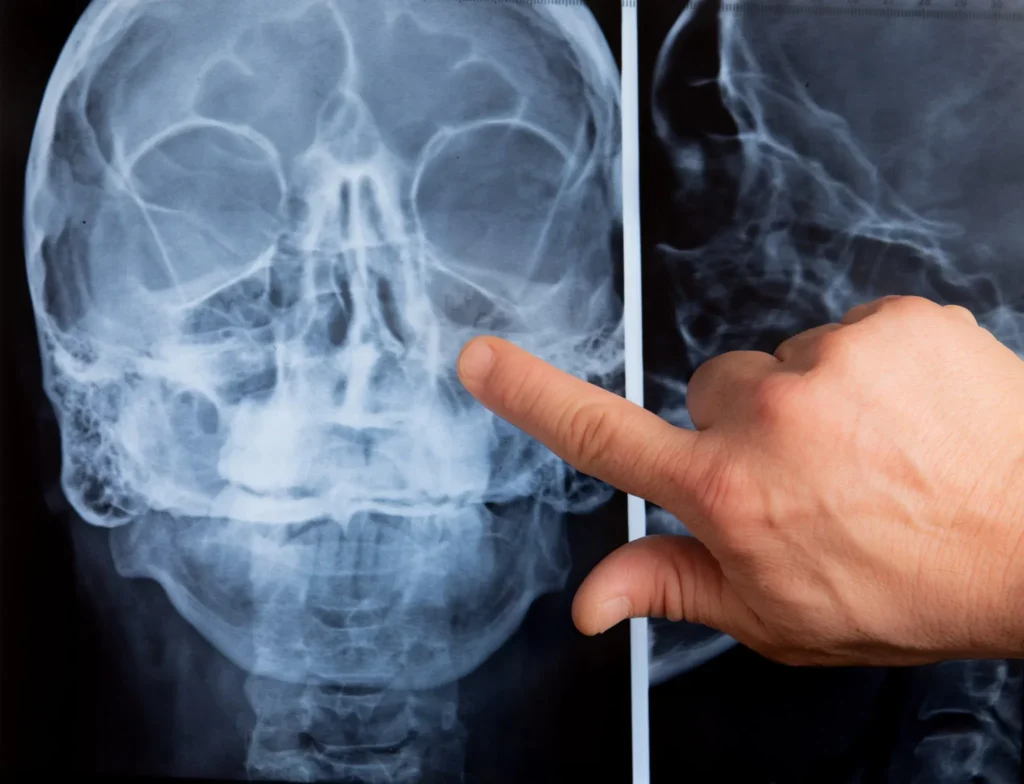Facial injuries can cause serious physical, emotional, and psychological harm. These injuries often affect appearance and identity, requiring complex medical treatment and legal guidance. Common sources include accidents, assaults, or workplace incidents.

Facial injuries can result from many types of accidents and incidents

These injuries often require specialized care to restore function and appearance

Legal guidance helps victims pursue compensation for medical expenses

Facial injuries can range from superficial cuts and bruises to severe trauma The severity and type of injury often dictate the medical care needed and the legal recourse available.

The face consists of several bones, including the nasal bones, jaw, cheekbones (zygomatic bones), and the bones around the eyes (orbital bones). A facial fracture can occur due to blunt force trauma, such as in a car accident, fall, or assault.

Lacerations and burns are common causes of facial disfigurement and scarring, affecting a person’s self-esteem and quality of life. Scars may result from car accidents, workplace injuries, or even medical negligence.

Facial injuries frequently involve damage to the teeth and jaw. This can occur during car accidents, sports activities, or falls. Dental injuries often require expensive corrective procedures and surgery to repair the jaw or teeth.
Severe facial injuries may involve damage to the facial nerves, which control muscle movement and sensation. Nerve damage can result in loss of muscle movements, such as in cases of nerve impairment after trauma.
Facial injuries can occur in a variety of situations, many of which involve negligence or unsafe conditions. Below are some of the most common causes of facial injuries and the legal implications they may present

Car accidents are a leading cause of facial injuries, contact with the shattered glass. These injuries can range from minor cuts and bruises to serious fractures and disfigurement.

Workers in construction, manufacturing, and welding face high facial injury risks from falls, machinery, or chemicals. Employers must provide proper safety gear.

Slips, trips, and falls often cause facial injuries, especially from face-first impacts on hard surfaces. Hazards like wet floors or uneven ground are common culprits.

Physical assaults like punches or blunt force can cause severe facial injuries, including fractures, cuts, and dental damage, often leading to lasting physical and emotional harm.

Contact sports like football, hockey, and boxing often cause facial injuries, including fractures, and dental damage, especially when protective gear is inadequate or safety rules aren’t enforced.

Facial injuries can occur from medical errors like botched surgeries or dental procedures, causing disfigurement, nerve damage, or requiring corrective surgery.
Understanding the cause of your facial injury is crucial for determining liability and securing proper compensation.
Facial injuries can result in serious, lasting consequences that affect both physical function and emotional well-being. Some common long-term effects include:
Severe facial trauma, such as fractures or nerve damage, can cause lasting difficulties in functions like chewing, speaking, or blinking.

Even after medical treatment or surgery, many individuals experience ongoing pain, stiffness, or reduced movement in facial muscles.

Disfigurement, scarring, or nerve injuries often lead to chronic pain and significant psychological impacts, including anxiety and depression.

Victims of facial injuries may be entitled to various types of compensation depending on the injury’s severity and circumstances. These can include

Facial injuries typically require extensive medical treatment, which may include emergency care, reconstructive surgery, dental procedures, and long-term rehabilitation

Serious facial injuries can result in significant time away from work or permanent disability, affecting the victim’s ability to earn income. Compensation may include

Facial injuries often cause both visible and emotional trauma. Compensation for pain and suffering accounts for non-economic damages such as
When pursuing a facial injury claim, several important legal factors can significantly impact your ability to secure fair compensation. Understanding these considerations can help you

Legal deadlines for filing your claim vary by state. Missing these deadlines can prevent you from seeking compensation.

Your compensation may be reduced if you’re found partially at fault. Understanding how fault is determined is crucial.

Previous injuries or conditions may affect your claim. Proper documentation and medical evidence are essential.
Drivers, property owners, employers, or violent offenders may be liable if negligence or unsafe conditions caused your harm.
Yes. If someone else’s negligence caused your injuries, you may recover compensation for medical bills, lost wages, and pain.
We investigate the incident, gather evidence, and work to secure compensation that covers care, reconstruction, and emotional impacts.
Most personal injury claims must be filed within two years, but special rules may apply. Our team can help you meet deadlines.
By clicking Sign Up, you are confirming that you agree with our Terms and Conditions.